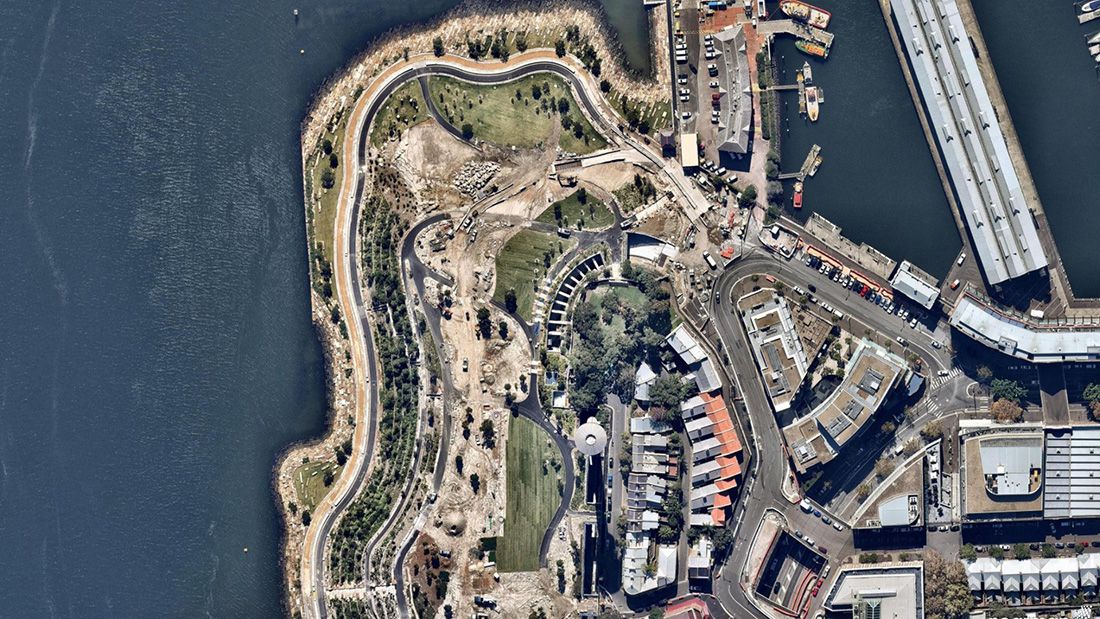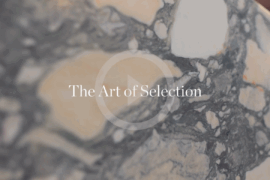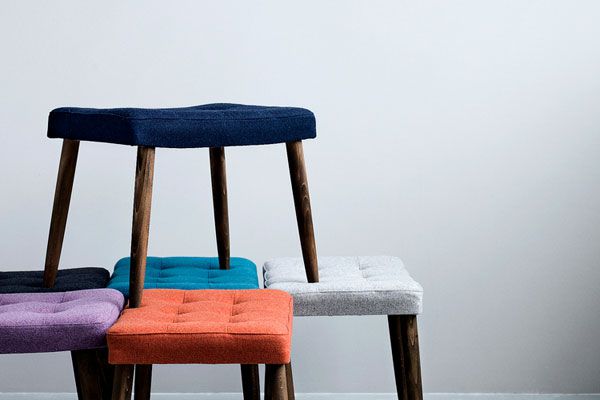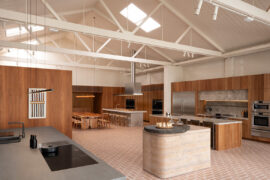Desperate times call for desperate measures. The University of Sydney’s third Festival of Urbanism will investigate what can be done to help ease the pressure on Sydney.

The population of Sydney is projected to grow to 5.89 million people by 2031. Simply – no, scarily, we are not ready. In the past four years, State Authorities have recognised that the city’s transport, public services, and green spaces had been under far too much pressure for far too long. Frequent urban redevelopments and extreme upheavals in local government have been drastically thrown at Sydney – the city brokering on tourists while tourism is waning; where citizens despair real estate; and where the youngest generations are already feeling Sydney has lost its edge.
The general rhetoric on the streets is maybe a little doomsday, but need it be? Here is a first-world city with trailblazing smart technology, strategic investment, and the potential for intelligent and future-proof policymaking at its fingertips. The University of Sydney’s upcoming third Festival of Urbanism recognises that the future we’re facing is scary, but it can be bright.
The University of Sydney’s Professor Peter Phibbs – Director of the Henry Halloran Trust and sponsor of the Festival – says that while “Sydney’s growing pains are becoming more evident […] smart policy [can] accommodate growth and maintain Sydney’s position as one of the world’s most liveable cities.” Organised around the central theme City Limits, the Festival gathers guest speakers, panels, architecture tours and an international exhibition all under one roof to explore what impact intelligent planning and new technologies can have on rapid urban growth. In brief, the prevailing concern: what, exactly, is a ‘better’ city? How do we get there?
With such mammoth questions and an equally mammoth variety of stakeholders to consider, planners admit that the Festival of Urbanism is ‘high-stakes’. Bringing professionals, academics, politicians and Sydneysiders together, the Festival intends to facilitate dialogue on how a Sydney can ‘work back’ to create a more unique, more sustainable, more accommodating and more liveable city.
Guaranteed to be controversial, innovative and inspiring, the Festival of Urbanism will run from 1-10 August. See the program here.
INDESIGN is on instagram
Follow @indesignlive
A searchable and comprehensive guide for specifying leading products and their suppliers
Keep up to date with the latest and greatest from our industry BFF's!

CDK Stone’s Natasha Stengos takes us through its Alexandria Selection Centre, where stone choice becomes a sensory experience – from curated spaces, crafted details and a colour-organised selection floor.

For those who appreciate form as much as function, Gaggenau’s latest induction innovation delivers sculpted precision and effortless flexibility, disappearing seamlessly into the surface when not in use.

London-based design duo Raw Edges have joined forces with Established & Sons and Tongue & Groove to introduce Wall to Wall – a hand-stained, “living collection” that transforms parquet flooring into a canvas of colour, pattern, and possibility.
i-Line presents distinctive details that will spark your creativity.Designed around a simple straight line, they create a fluid aesthetic of movement. As well as offering simplicity and sophistication, linear designs can also be playful and fun. Dimensions: 50cm x 50cm Applications: Flooring Variations: 8 Finish: Tufted Textured Loop

The Chair and The Footstool are released by the fourth generation of Hansen family furniture designers.
The internet never sleeps! Here's the stuff you might have missed

The Fisher and Paykel Melbourne Experience Centre by Clare Cousins Architects with Fisher and Paykel Design and Alt Group has been awarded The Retail Space at the INDE.Awards 2025. As a winning project, it redefines the possibilities of retail architecture by creating an immersive, material rich environment shaped by place, culture and craft.

Good looks count, but function completes the space.

Merging two hotel identities in one landmark development, Hotel Indigo and Holiday Inn Little Collins capture the spirit of Melbourne through Buchan’s narrative-driven design – elevated by GROHE’s signature craftsmanship.

A thoughtful, low-waste redesign by PMG Group in collaboration with Goodman has transformed a dated office into a calm, contemporary workspace featuring a coastal-inspired palette and Milliken flooring for a refined finish.